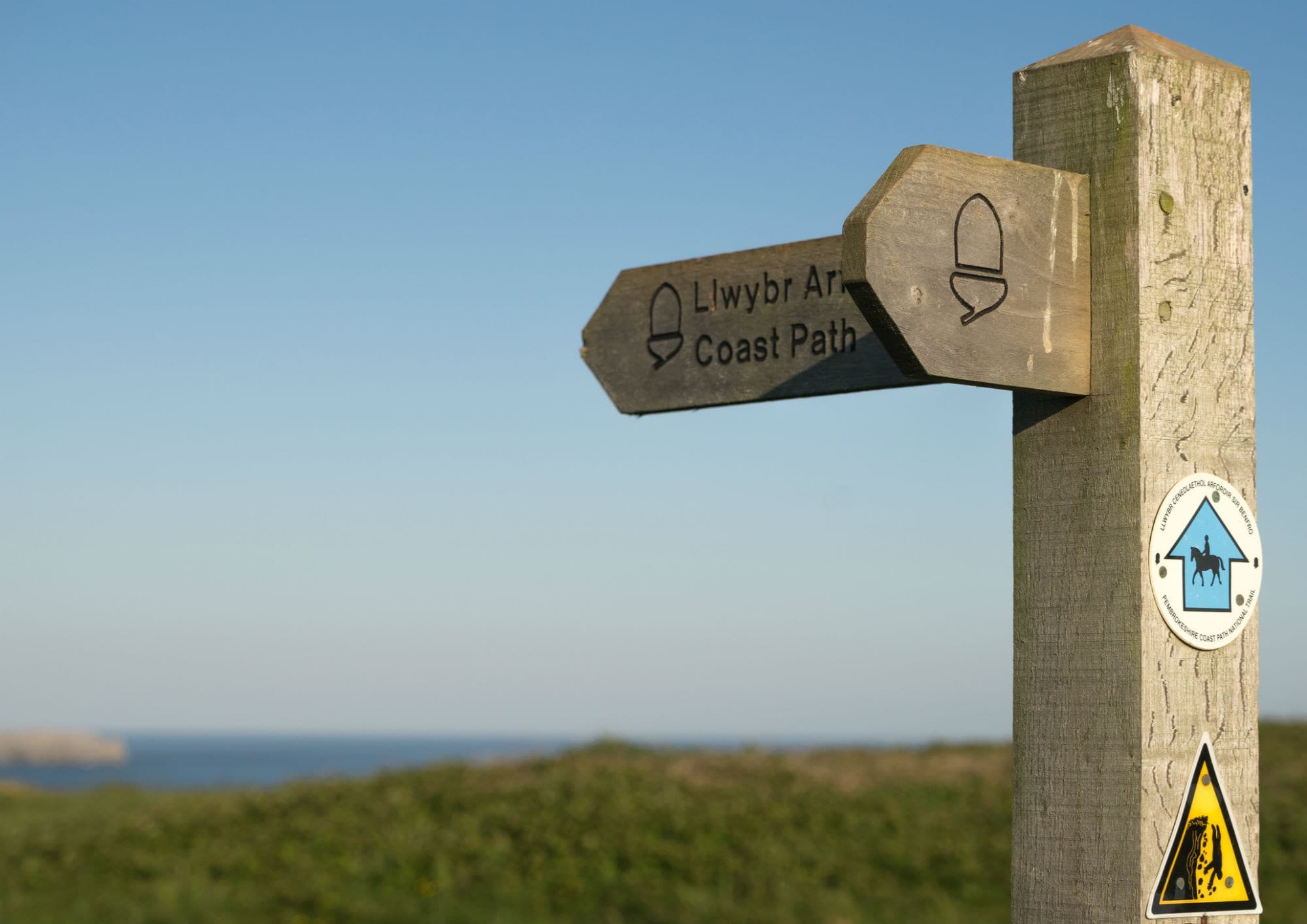Coast Path Walks and Routes
Miles of adventure
Strap on your walking boots, it’s time for an adventure.
Pembrokeshire has some of the most incredible walks in the UK and that’s even before you consider the 186-mile National Park Coast Path. Explore golden beaches, hidden bays, climb rocky outcrops, and enjoy magical moments – it’s all waiting for you.
Getting Around
Sometimes you have to rest your feet and hitch a lift.
During the summer months, you can travel from different hot spots along the coast thanks to a shuttle bus service. Operating every day from May to September you can access walks, beaches, boat trips, local villages, and attractions. In winter the Poppit Rocket, Strumble Shuttle, Puffin Shuttle, and Coastal Cruiser run to a reduced timetable from October to April.
All coastal buses operate on a 'Hail and Ride' basis in rural areas, so all you have to do is signal to the driver to stop (ie flag it down). As long as it is safe, passengers can be picked up or set down at any point along the route. You can bring dogs on the bus, but not bikes.
Kitted Out
Even for shorter walks, it’s always useful to wear walking boots and some warm clothing - if you don’t have boots then a pair of sturdier trainers will do the trick.
